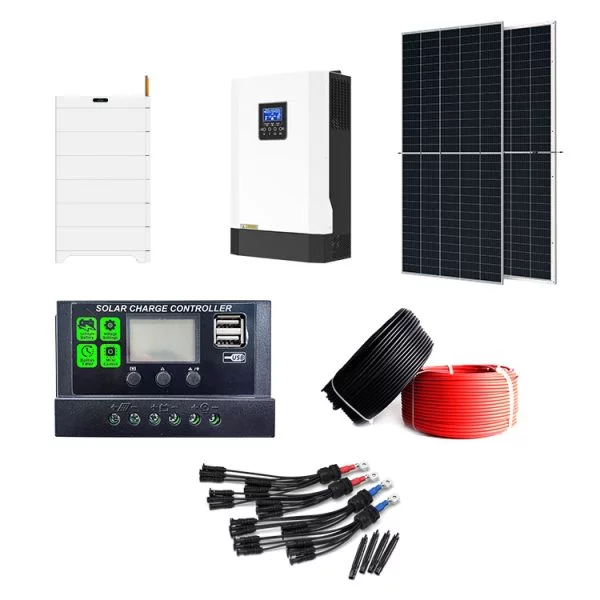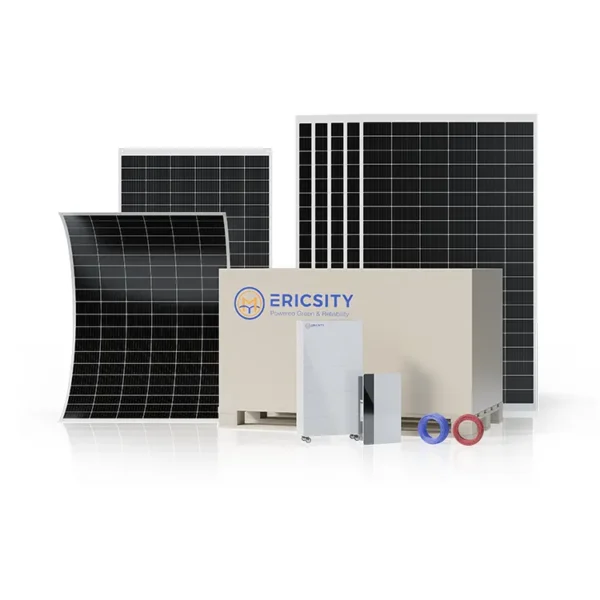HOT PRODUCT
Product Details
Budgeting For Solar Power: A Comprehensive Guide To 50-watt Panel Costs
Title: Budgeting For Solar Power: A Comprehensive Guide To 50-Watt Panel Costs
Introduction (100 words)
In recent years, the use of solar power has gained significant popularity due to its environmental benefits and potential cost savings. If you’re interested in adopting solar energy for your residential or commercial space, understanding the costs involved is vital. This comprehensive guide will focus on budgeting for a 50-watt solar panel system. By exploring installation expenses, potential savings, and long-term benefits, you’ll gain a better understanding of the financial aspects associated with solar power.

Understanding the Basics (100 words)
Before delving into the cost breakdown, it’s essential to understand the fundamentals of a 50-watt solar panel system. A 50-watt panel typically consists of multiple photovoltaic cells that convert sunlight into electricity. These panels are suitable for small applications such as charging batteries or powering small electronic devices. While their energy output is relatively modest, they serve as a cost-effective option for beginners looking to dip their toes into solar energy.
Installation Costs (200 words)
When budgeting for a 50-watt solar panel system, the most significant expense is typically the installation cost. Several factors affect the overall cost, including the complexity of the installation, local labor rates, and specific location requirements. On average, installation costs range from $2,000 to $5,000 for a 50-watt system.
Additional Equipment (150 words)
In addition to the panel and its installation, other necessary components increase the overall cost of a solar system. This includes inverters, which convert the electricity generated by the panel into usable AC power, and charge controllers, which regulate the charging of batteries. On average, these additional equipment costs range from $500 to $1,000.

Savings and Payback Period (150 words)
While there are upfront costs associated with solar power, the long-term savings can prove significant. By harnessing the sun’s energy, you can significantly reduce or eliminate monthly electricity bills. A 50-watt panel system can save you approximately $100 to $200 per year on electricity costs. The payback period for a 50-watt system typically ranges from 5 to 10 years, depending on your location and electricity rates.
Considerations for Financial Incentives (100 words)
When budgeting for solar power, it’s essential to explore potential financial incentives available in your area. Many governments and utilities offer rebates, tax credits, or feed-in tariffs to promote the adoption of renewable energy. Researching and taking advantage of these incentives can significantly offset the initial investment and shorten the payback period.
Conclusion (100 words)
Budgeting for a 50-watt solar panel system requires careful consideration of installation costs, additional equipment, potential savings, and available financial incentives. While the upfront investment may seem substantial, the long-term financial benefits, coupled with environmental advantages, make solar power an attractive option. By understanding the costs involved and exploring the opportunities for financial assistance, you can embark on your solar journey with confidence and start reaping the rewards of clean, renewable energy.




